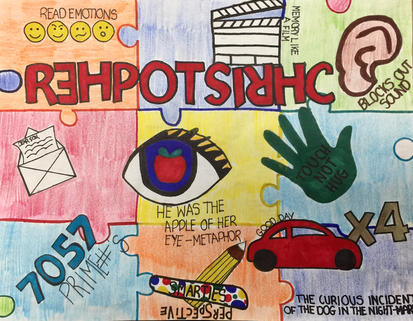 The Core: Self-selected books and student response-art.
The Core: Self-selected books and student response-art. The Mandate: Exactly one year ago, I was informed that in 2018-2019, I would be teaching "Themes In Literature." This would be a new prep for me, and a strange one for a guy who's been teaching "Creative Writing" for 20 years.
My first thought? Panic!!
My second thought: This is a great opportunity to try a reading workshop!
This blog entry looks back at what I did and how I did it. So, read on if you're interested in seeing what happened ....
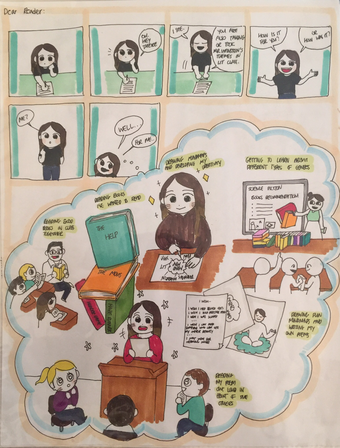 This portfolio intro is a cartoon that captures the student experience in my Reading Workshop.
This portfolio intro is a cartoon that captures the student experience in my Reading Workshop. The Class: "Themes in Literature" is a half-year senior English class. It's been taught in the department forever, and teachers are encouraged to design their own literature course. Any teacher would kill for this opportunity, and we are fortunate to work in a department and for a school that give us such wonderful support.
The Pre-Game: I decided to structure the course around my usual philosophies --
The Workshop Environment
Student-Choices
Bold color
Portfolios
Notebooks
and Visual Response Art.
I wanted this to be exactly like my Creative Writing class, but the intake/output in Themes had to be based on literature. In Creative Writing, much of the work is inspired by the personal lives and experiences of the student-artists.
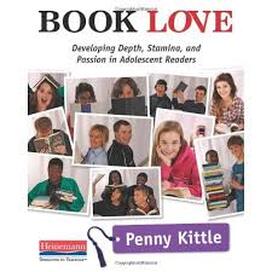 The primary lesson of this book: "We can teach kids to love reading."
The primary lesson of this book: "We can teach kids to love reading." Penny Kittle: A few years back I went to Kittle's session at the NCTE Conference. It was an eye-opening experience, and my learning can be summed up in what she said: "We can teach kids to love reading ... but we have to stop pretending to teach them the old classics." She means that teaching canon literature to teenagers is a pretty fruitless endeavor: "The kids who don't love to read won't read. The kids who love to read would rather read their own choices," Kittle said. (Or maybe it was Kylene Beers who said that ...?)
Kittle's book builds on all of my (our?) old favorites: Elbow, Atwell, Graves, Beers and Probst, et al.
I did not exactly follow this book step-by-step. (I never do...) But it served as the basis for many of the core structures and base ethos for my course.
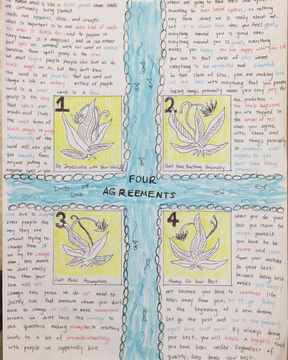 Most studnts were unfamiliar with self-help literature until we read "The Four Agreements" together.
Most studnts were unfamiliar with self-help literature until we read "The Four Agreements" together. I became so obsessed with researching novellas, one acts, and other short pieces that my colleague Margaret started joking that I was teaching “Themes in Short Literature". She's funny, but she was right. I didn't want to drag the class through six weeks of a book that very few of us were particularly interested in reading.
I only ended up teaching the last four listed above -- one short book and one quick play each quarter.
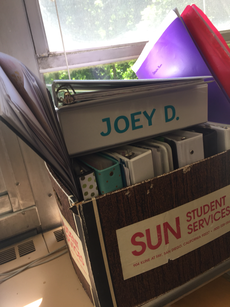 My trademark: Boxes of Portfolios.
My trademark: Boxes of Portfolios. It's important to explain about portfolios on the first day of the class -- and show alumni examples.
Students are encouraged to make either a book or a website portfolio -- the choice is up to them! (Students also made podcasts, songs, videos ... etc.)
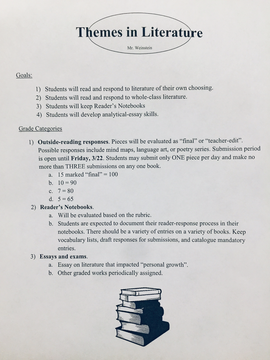 My first handout: the syllabus.
My first handout: the syllabus. You can see the four goals at the top, and I'm proud to say we accomplished them all with plenty of surprises.
SETTING GOALS is an important element in every class I teach: my goals, their goals, short-term goals, long-term goals ... mind maps about goals, discussions about goals, literature goals, movie goals ... etc.)
I next explained the three grade categories and how they would score points in each: the essay, the responses, and the notebook.
I emphasized NOTEBOOKS more than ever - from the syllabus to the final day. I constantly coached them to fill those notebooks. (Thank you, Linda Reif! Each year I improve at incorporating notebooks into the lives of my students!)
"The heart of the course is this," I said to conclude the first class. "You will use most class time to read your own books and respond to that reading in your notebooks -- which is where you document your process -- and in your finished pieces," I said. "The first thing we have to do is figure out what you want to read."
The next day we went to the library and our two fabulous librarians talked up all kinds of books as the class continued creating their mind maps. "Take notes as the librarians are talking," I said. "Keep your markers moving." I am always, always, always coaching my students to take notes.
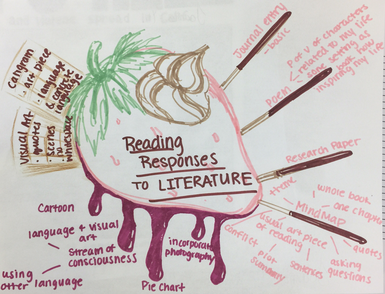 The possibilities ...
The possibilities ... We also discussed poetry, essay, and research paper as acceptable submissions. And, of course, I encouraged them to do what they wanted. "Surprise me," I said. "My best students, ironically, don't do what I tell them to do. Instead, they tell me what they want to do."
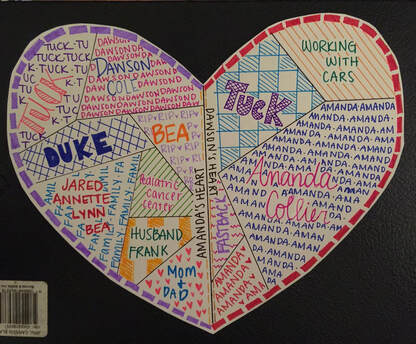 Does this literary Heart Map look “final” to you? It sure does to me!
Does this literary Heart Map look “final” to you? It sure does to me! The Process and The Grading: I used this first mind map to teach them about the drafting process: "Create the first draft in your notebook and then make a polished version to submit for credit," I said. You can see on the syllabus that students needed to turn in 15 "final" pieces to get a 100 in the "Responses" category.
This is my tried-and-true method for grading art: I don't grade it! I only evaluate if it is "final" or not. If it's not, I advise the student on what I want (too sloppy, too many errors, not enough details, add color, study the examples ... etc) and have him/her re-submit the work. It's so easy -- and it lets me coach student-artists instead of grade assignments.
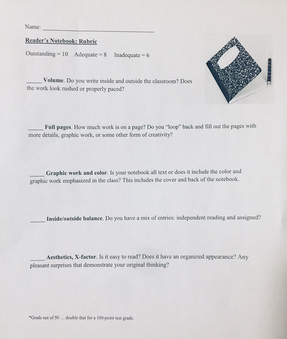 Hand out a rubric months in advance, then coach them to succeed on the assignment.
Hand out a rubric months in advance, then coach them to succeed on the assignment. On the back of the syllabus, I printed the Notebook Rubric - and I used that rubric when I evaluated the notebooks at the end of each quarter.
Again, I was "frontloading" by showing the class the notebook rubric and letting them know the expectations and the grading method way ahead of time. This set me up to be able to say "work in your notebook" during a workshop session and students know exactly what to do and why.
I took this philosophy to the extreme with this course: I revved up the motor with all the structures I just explained, then gave them the freedom to create in the workshop environment I love so much.
"Get working! You guys know what do," I would say to start many classes. "Read. Work in your notebooks. Develop response art ..." I would troubleshoot, encourage, get kids on task ... and do some of my own reading and note-booking. Mostly, I coached, encouraged, and applauded.
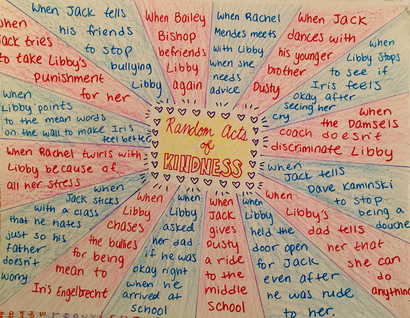 Next time around: This student will do a short talk on this favorite book.
Next time around: This student will do a short talk on this favorite book. I didn't do them because I didn't want to disrupt the flow of the workshop. It was amazing to see 28 kids really getting into their reading and response art. This class was amazingly on task and absorbed in achieving our literacy goals.
However, incorporating book talks is a goal of mine for next time.
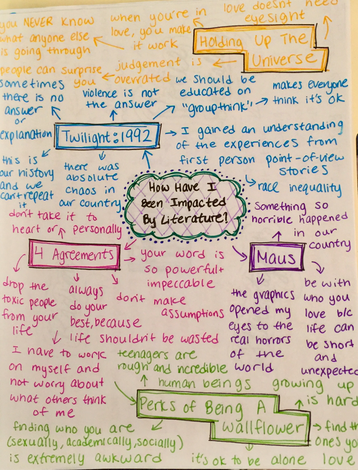 This exam-prep mind map started as a notebook assignment and developed into a "final" piece.
This exam-prep mind map started as a notebook assignment and developed into a "final" piece. I encouraged them to make mind maps of books they had read and to stay away from books taught in school.
I love open-notes tests like this because it gives the class a strong focus, sets a goal, emphasizes long-term thinking, encourages thoughtful writing, and creates structure to balance the freedom of student choice.
The students wrote about John Green, Shel Silverstein, and Shakespeare. They wrote about heartbreak, death, and divorce. "Remember that your personal growth must be at the center of the essay," I encouraged. "So, your thesis should be something about you growing ... and connect it to this book."
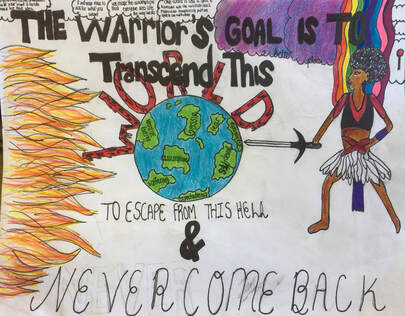
Whips Around the Room: I always love a whip around the room. It's the easiest technique and invites everyone in class to participate.
"Share with us your idea for the first essay," I said. Then we did a whip around the room (No Opt Out!) and heard all sorts of great ideas.
What I lack in book talks, I make up for with whips. I do them three or four times a week, giving students a voice for a wide variety or purposes.
The whip is fantastic for public speaking skills, collaborating, sharing ideas, community building ... and teaching listening skills. "Put away all technology and make eye contact with the speaker, please," is my typical instruction here.
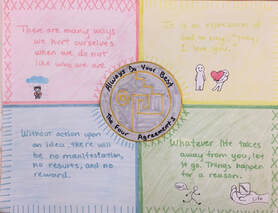
I decided to teach this book because I know it is a favorite our fantastic school psychologists, and I wanted to introduce the students to self-help literature. This proved to be an amazing lesson and many of the portfolios I just read included reflections on reading other self-help books throughout the course.
Also, it gave me the element of surprise: Who teaches this?? I love for my classes to be unique, unexpected, and authentic. It took a little over a week to get through the book before we went back to open workshop.
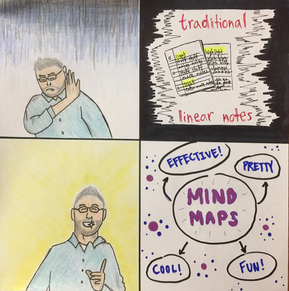
"When I check your notebooks I expect to see four mind maps - one for each agreement. You can also polish them up and submit them for finals."
Then we started reading the book together. In fact we read the whole book together, out loud. We just went around the room, each student reading a page before moving to the next student.
I love this strategy because it builds community, adds focus, and gives me a chance to coach note-taking skills. Also, I don't even have to address issues like, "Are they reading? Do I quiz them?"
I would frequently end class/begin class with a whip around the room to share something from your notes or a 5-minute session to swap notes with other students and augment your own notes.
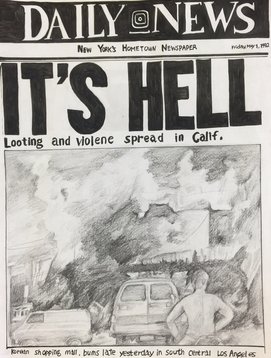 Terrific student response art!
Terrific student response art! When I was assigned this course, I talked to our amazing Theater Guy about options. I knew I wanted something different, bold, and interesting. This play was the perfect answer.
First of all, the kids had no idea about these events -- which occurred just as I was graduating college and made a powerful impression on me.
Also, I knew I wanted to do a play because we could read it all in class ... no assigned reading!
Anna Deavre Smith wrote an incredible series of monologues for this journalism/drama genre-buster, and I guided the students through the note-taking and reading aloud processes. I encouraged them to hit Wikipedia, listen to Sublime, surf YouTube for related content, and watch the Oscar-winning ESPN documentary "OJ: Made in America".
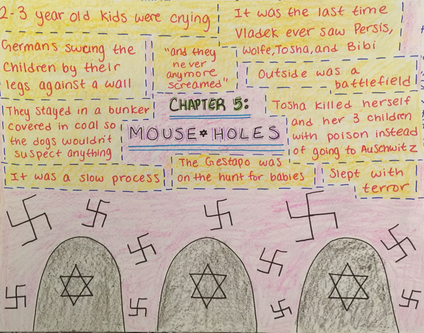 Reading and responding to Maus was a powerful experience.
Reading and responding to Maus was a powerful experience. I was not disappointed.
We whipped around the room to read it together; each student read aloud one page. I insisted they create one mind map in their notebook per chapter - and encouraged them to submit second drafts for response-art finals.
Maus delivered pure education on all fronts: the Holocaust, the artistic process, parent-child relationships, and plenty more. End-note: About 1/4 of the class read Maus II when we went back to workshop mode.
I have been doing this activity in other classes for a few years, and it is always successful. It adds whole new element to the class, their goals, our discussions, and everything else.
"You can do as much in your notebook as you like on 'alternative literacy' but can only submit up to three final pieces to count for the quarter," I added.
Click here to see a collaborative website-portfolio done by two former ENL students.
Click here to see another website-portfolio.
The students enjoyed and appreciated the workshop environment and were on task almost all the time. They developed important Reader's Notebooks, invested themselves in the polished pieces, and produced portfolios of which they can be proud.
Many of these techniques will be applied to other courses I teach as I continue attempting to inspire my students to love reading.

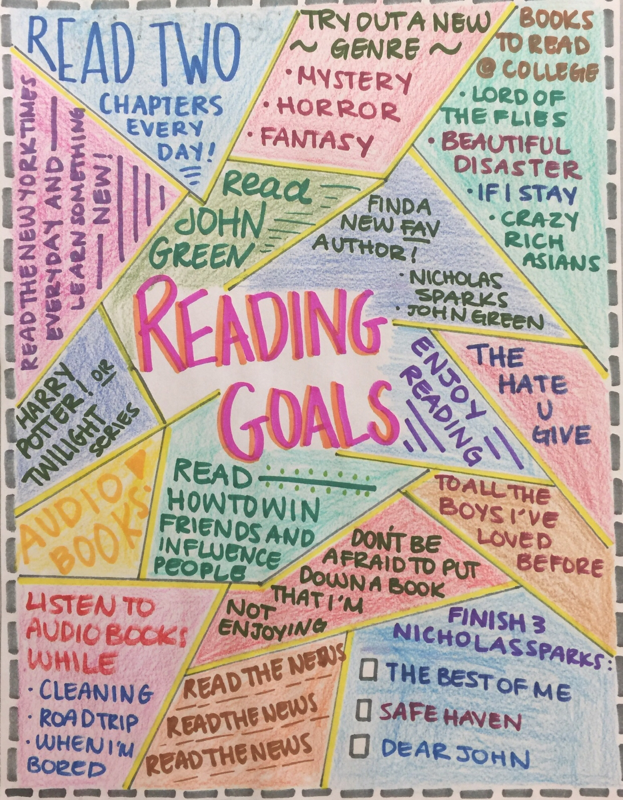
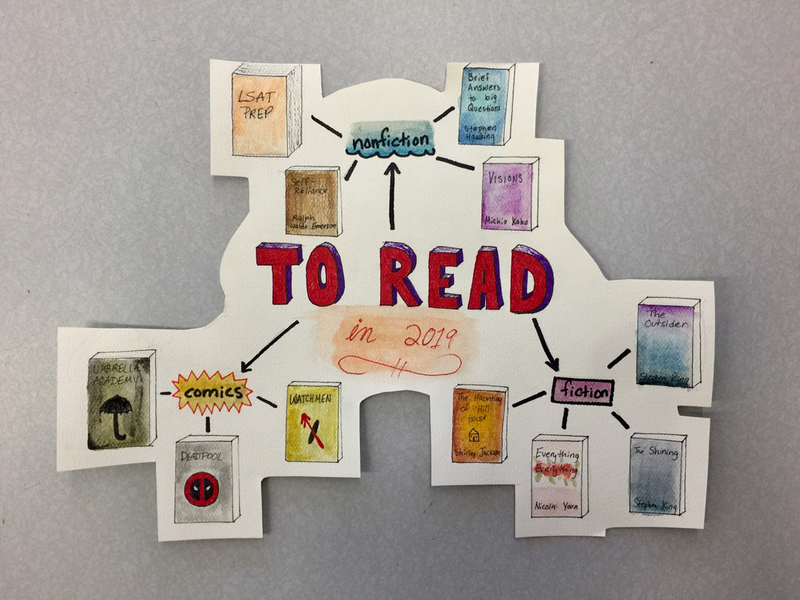
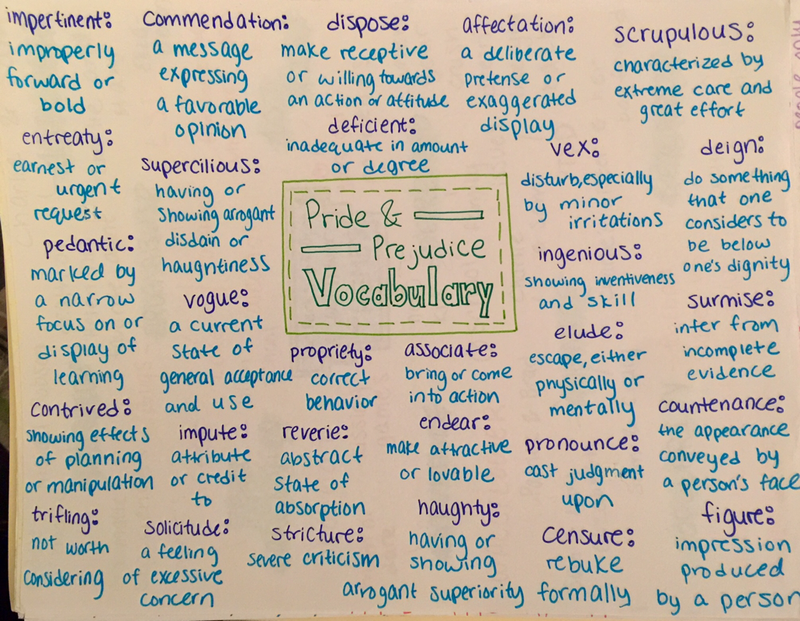
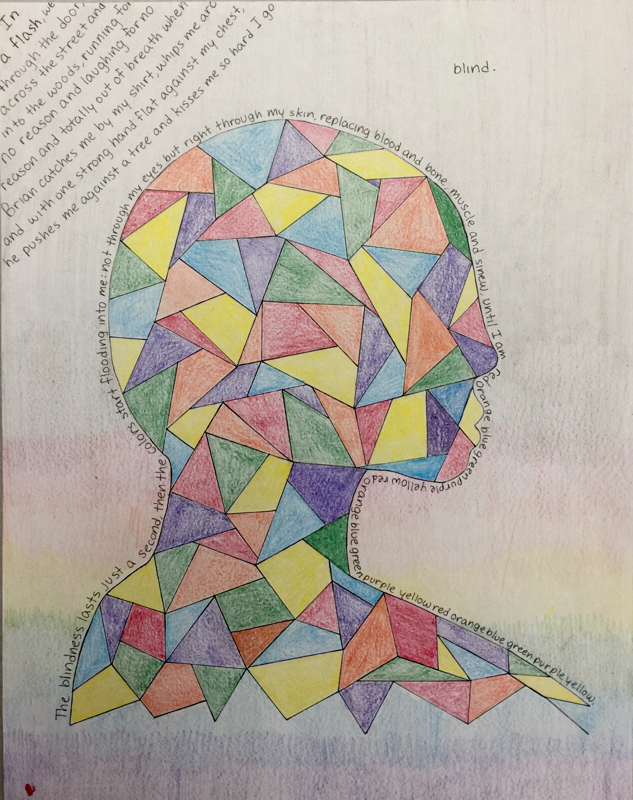
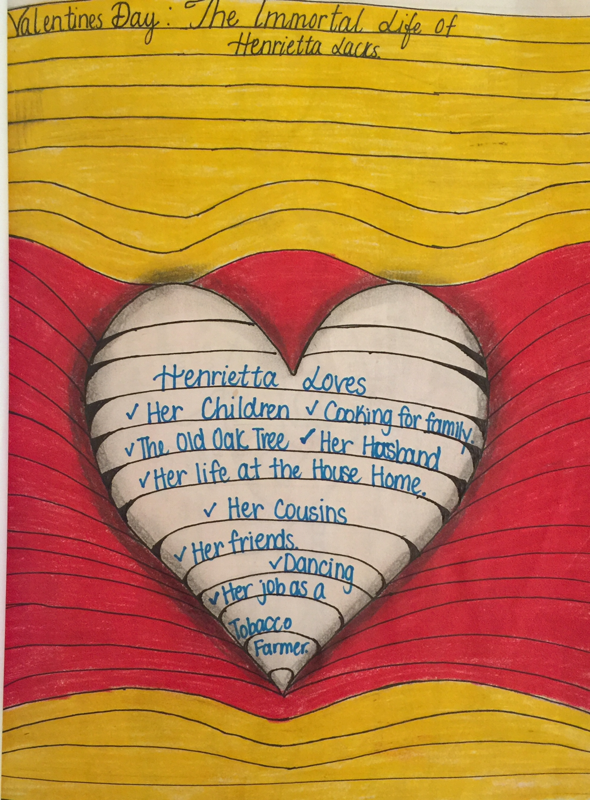
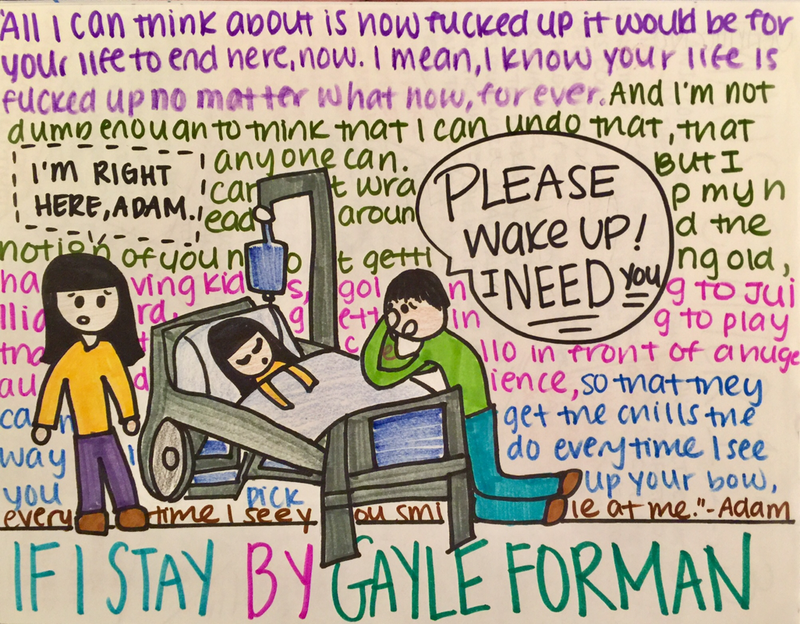
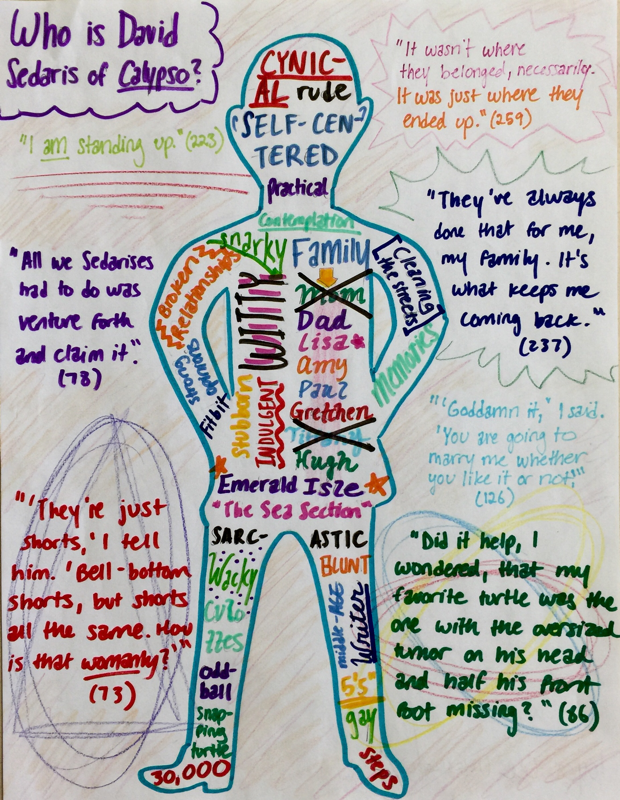
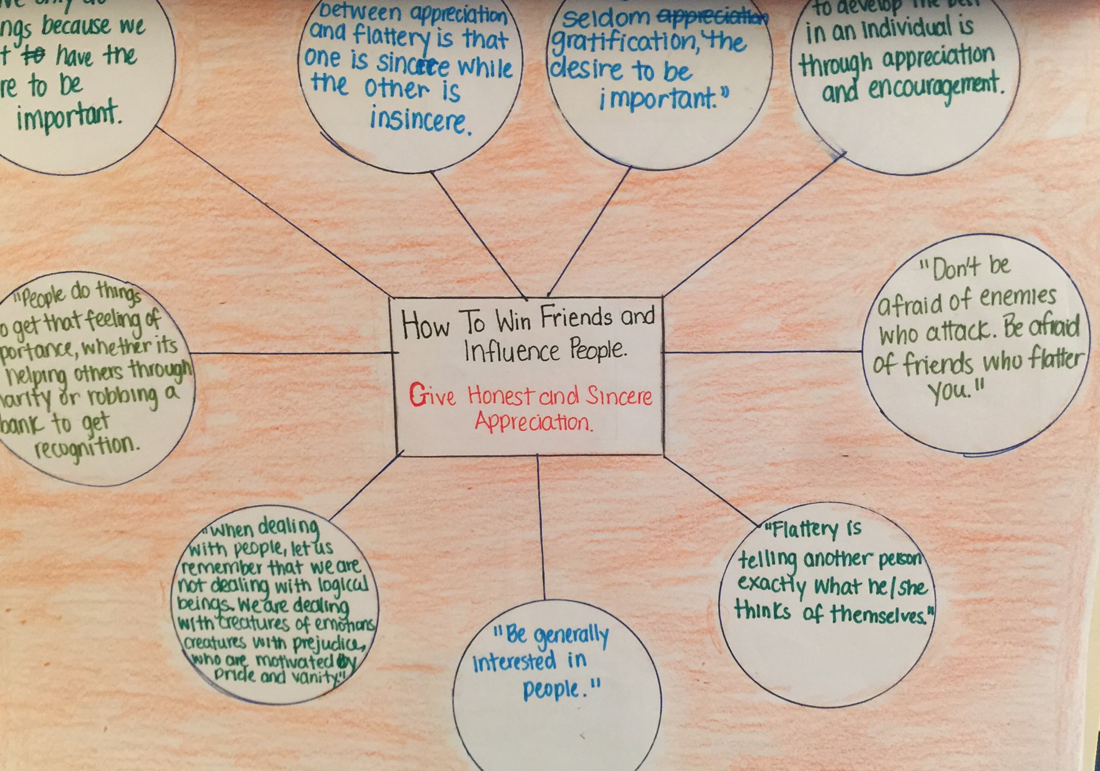
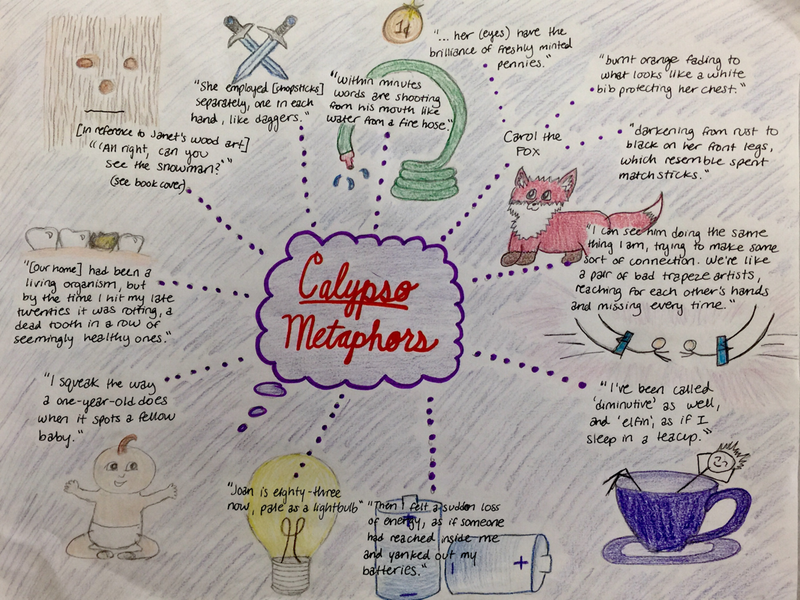
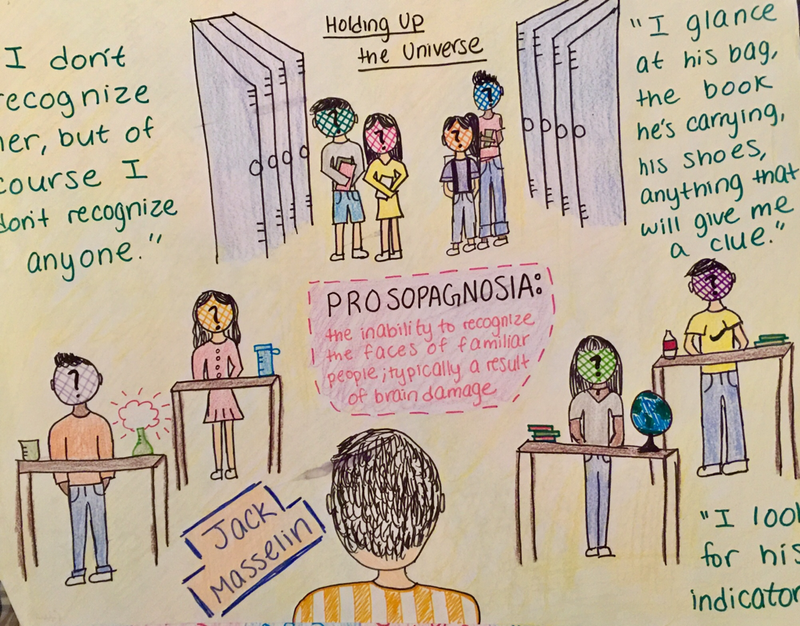
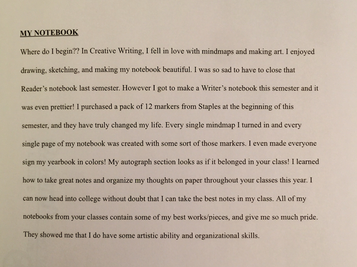
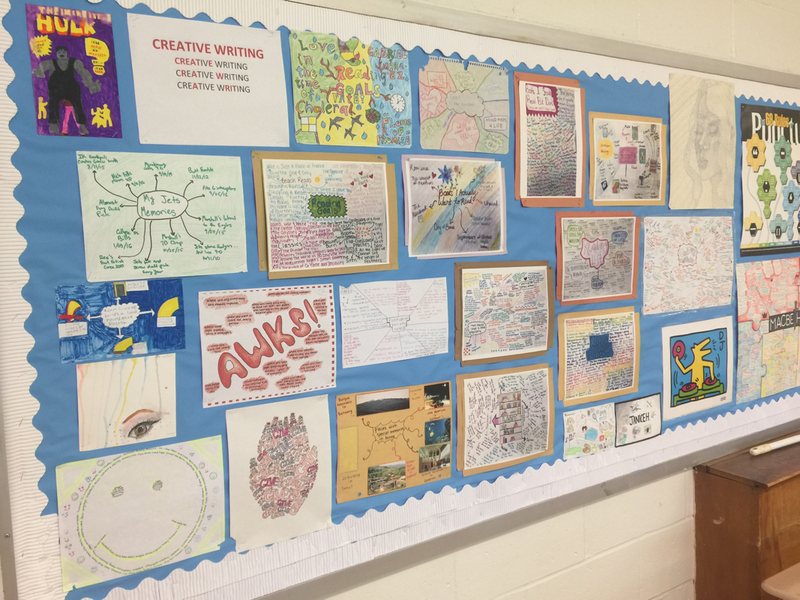
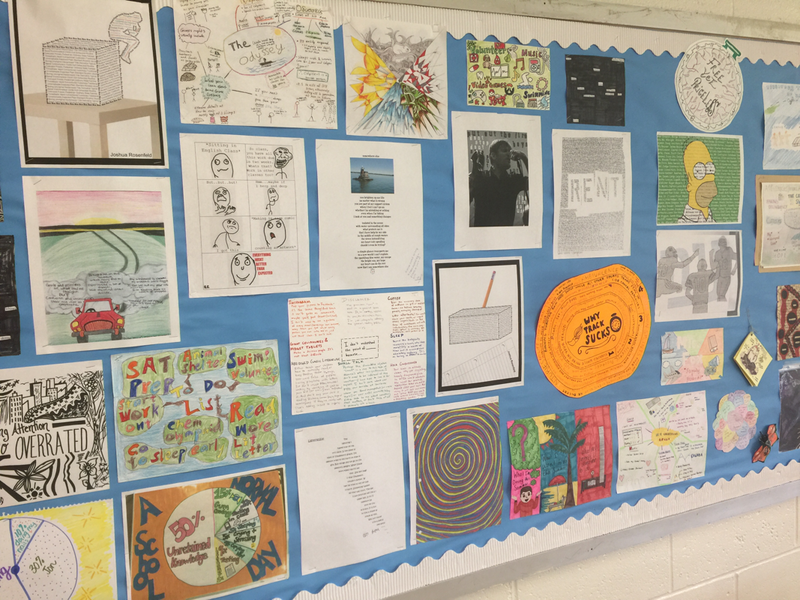
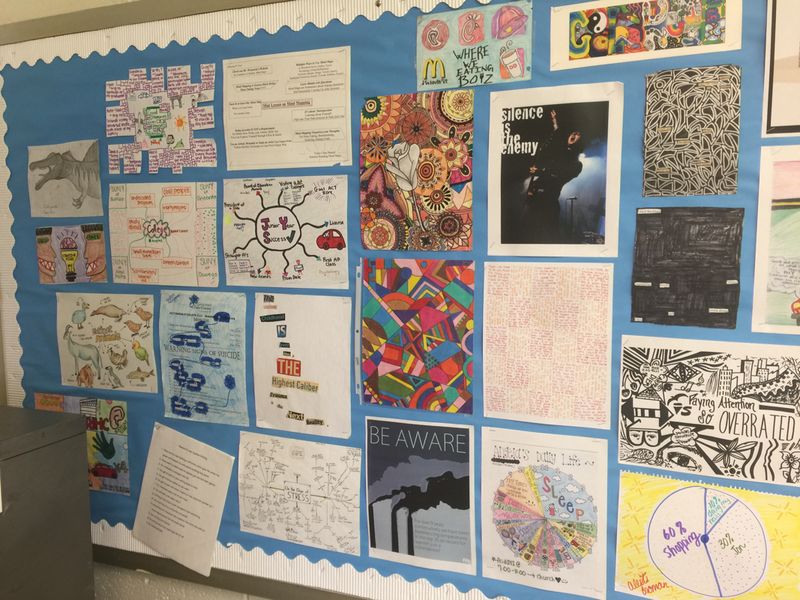
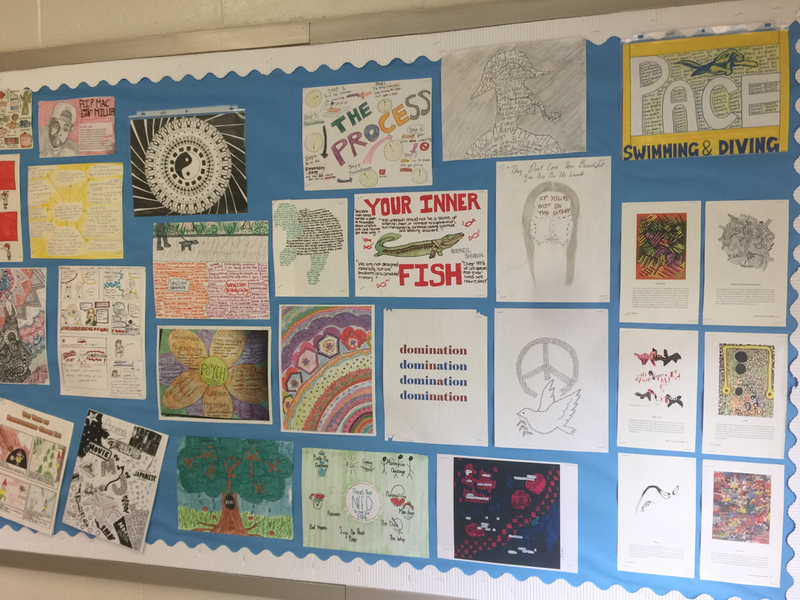
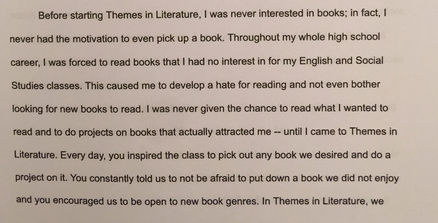
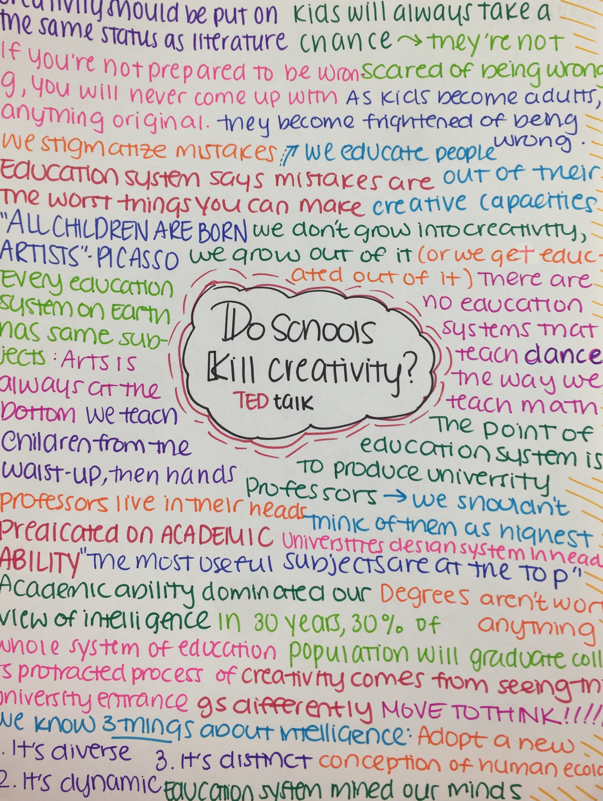
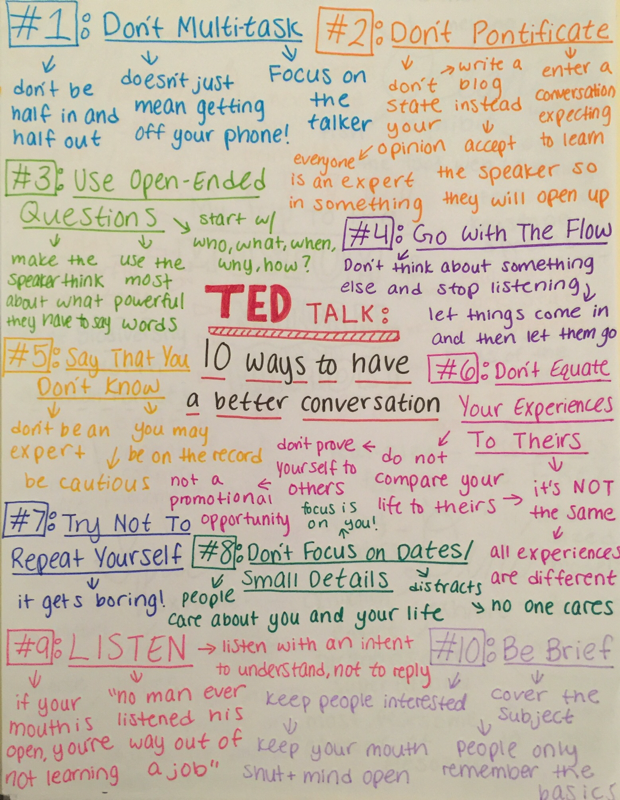
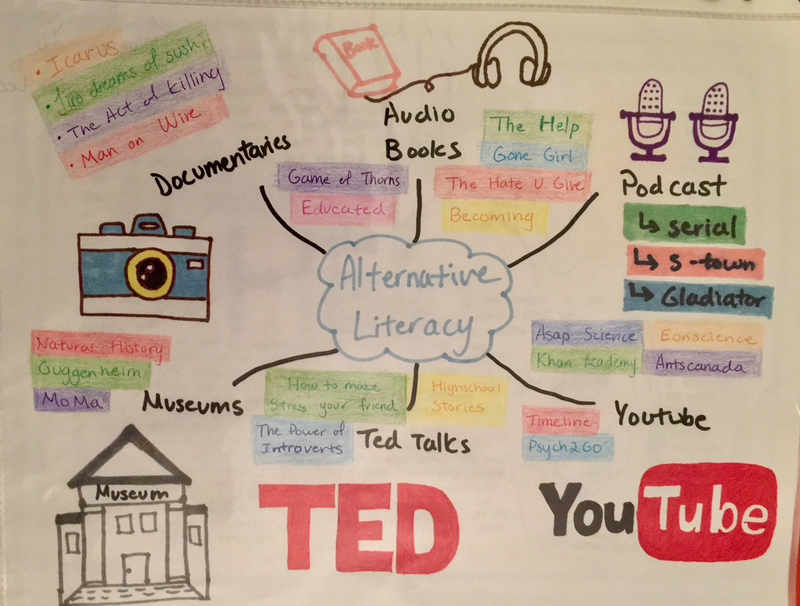
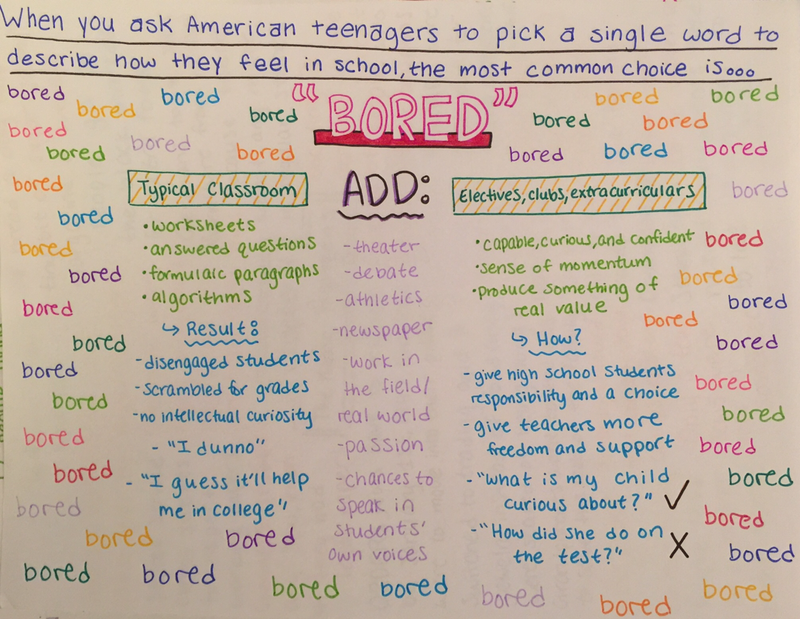
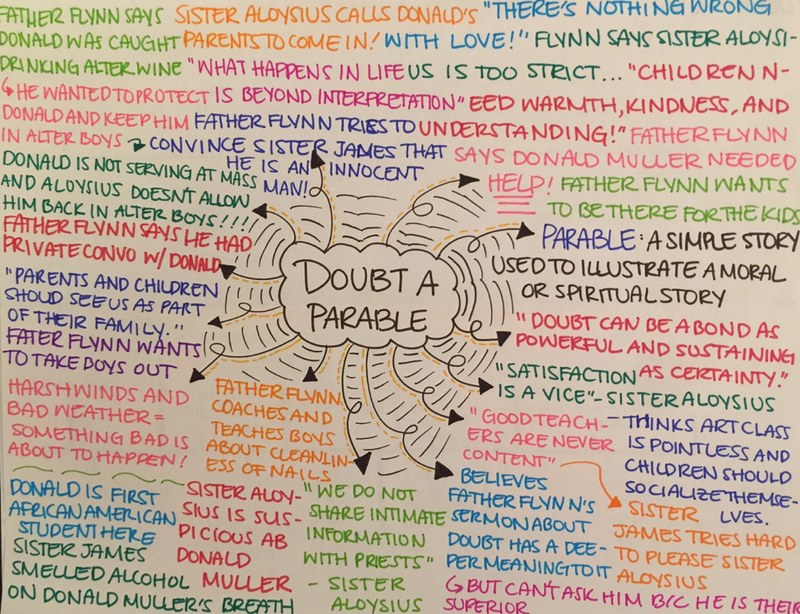
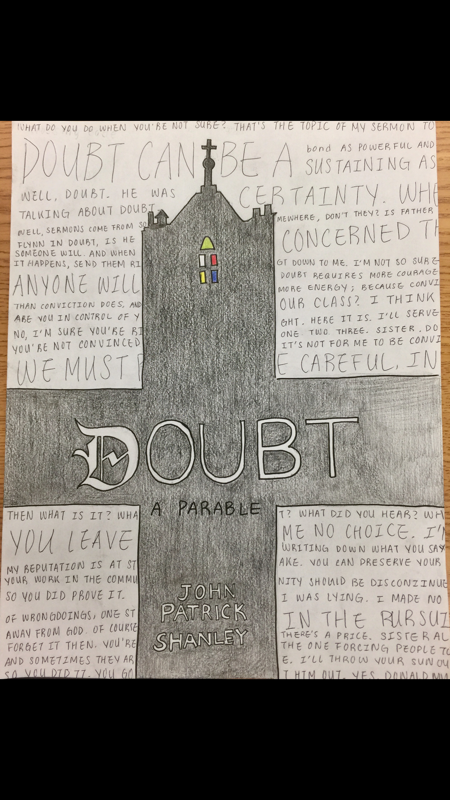
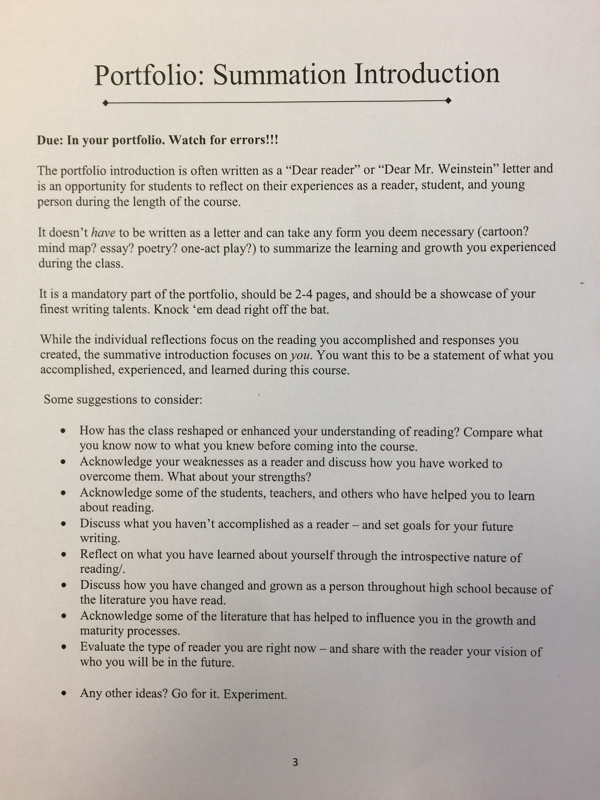
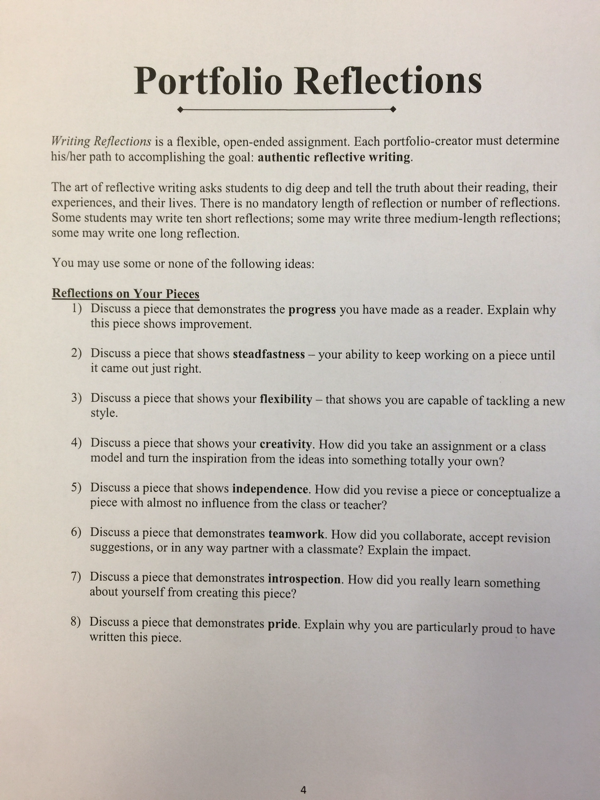
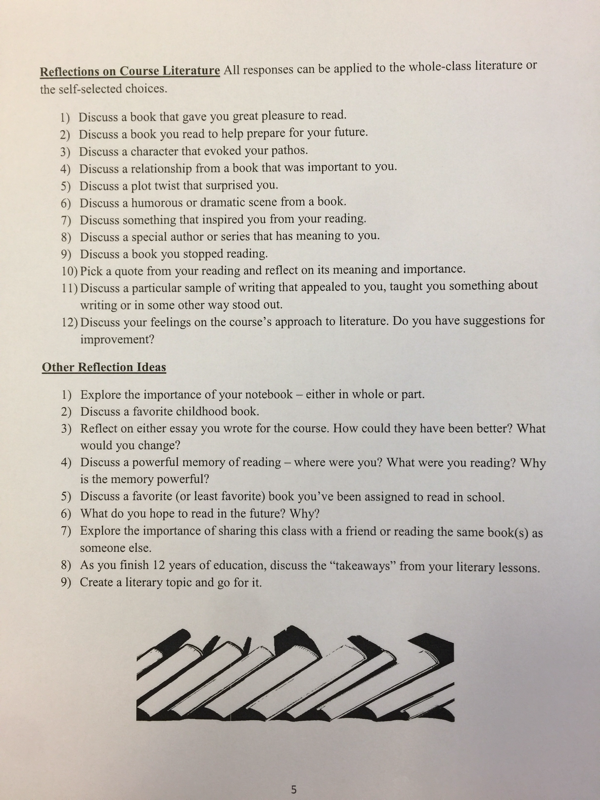
 RSS Feed
RSS Feed